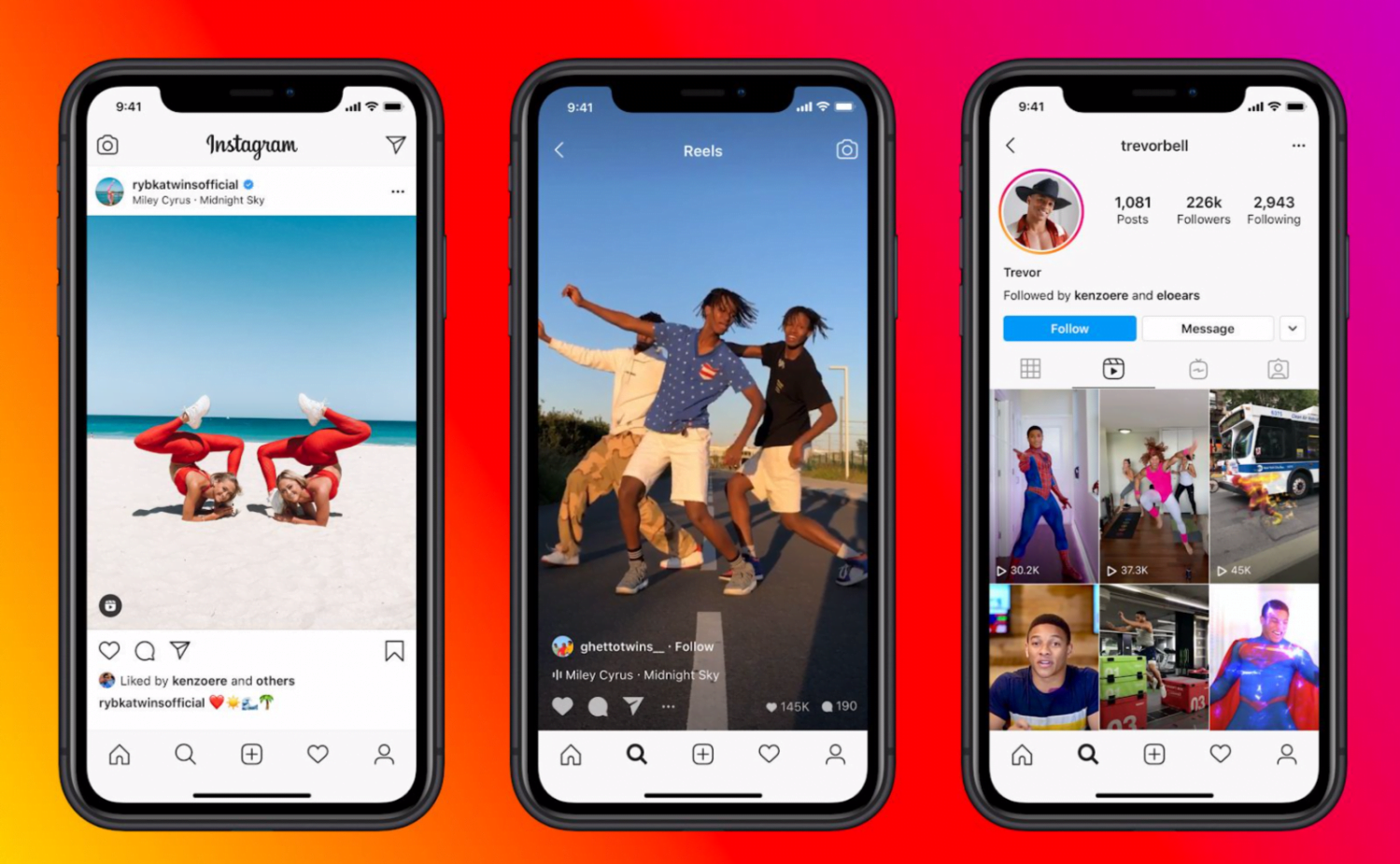
Instagram Story Optimization
PROJECT SCOPE
Client: Meta
Timeframe: 13 Weeks
My Role: Senior UX Researcher
Team: Senior Designers, Engineers, Senior Product Team
Methods: Treejack Testing
Tools: Figma, Moderated interviewing via teams, heuristics
Overview
A redesign of Instagram Stories to optimize a users time spent on the app when scrolling through stories while also allowing users to better engage with their “close friends” activity in a time-efficient manner. Instagram stories are quick and easy way to share moments and experiences for up to 24 hours. However, whats the use of adding to your story if nobody will ever see it? Or perhaps, maybe, the only story I wanna see, are the ones I only care about. With the number of stories being posted on the platform often surpassing the number of regular posts being posted, users often don’t have the time, nor patience, to tap through each and every story. Rather, users merely have the time to quickly swipe through, looking for their close friends, and see if they have posted or not.
The Problem
Users sometimes have a difficult time finishing viewing all their stories because they:
Don’t care or have the time to go through all of them
And, they only care about content from their close friends.
We decided to conduct interviews to get a better understanding of how users use and engage with Instagram Stories.
From the results I was able to discover some key insights and trends:
Users tend to navigate to stories first — Stories are the first thing users see, thus it entices them to begin there.
Users only watch a few stories — Users know whose stories and content they want to watch.
Users don’t reach the end of their feed or finish watching all stories — Users don’t have the time to watch all posts and stories.
Users quickly tap through stories without really looking at the content — Users don’t care about content not from their close friends.
Methodology
I chose a research methodology for this project by starting with what we would like the outcome to be. To determine the right approach about an upcoming research project, I was armed with the following questions:
What questions do you want to be answered with this research project?
What types of answers are you expecting or assuming? (Great for uncovering biases!)
What is the ideal outcome for you?
What decisions are you trying to make with the insights from this research project?
Not only does this really help me better understand the point of the research project, but helps me to determine scope and type of appropriate methodology. This is essential because sometimes, it might make sense to prioritize other projects or suggest other methods for teams to test their ideas (ex: A/B testing, painted door tests, surveys). With this information, I was able to understand the team’s expectations and what they're trying to achieve in the end.
For this study, we used one-on-one generative research interviews. This method enabled us to dig deeper into understanding our customers, fostering a strong sense of empathy and enabling us to answer our objectives.
Results
When it was first launched, and despite it being an exciting new feature, a lot of users did not engage, know how to use or even use Instagram reels a lot. To achieve this, the product team definitely put some actions in place
1. Reel now has a prominent button on Instagram and they are super easy to create. (UX Improvement) Everybody create reels now that it has become a significant Instagram growth tool since even people who don’t follow you get to see your reels upon the algorithm prompt.
2. The product team infused reels into the main Instagram feed so that you could be sliding through pictures and a reel would be lodged in with them. This has seen the adoption and engagement with the reels go up heavily. (Adoption Improvement)
3. In the event that you open any reel (and they are everywhere now), it prompts you to slide up to open even more reels. (Frequency Improvement) The team went a step further to basically encourage users to create reels through ‘Remix’ or from scratch with the promise of their posts getting to a larger audience.
This follows in line with the above principles of product improvement. It has also turned reels into a tremendously important product for Instagram that has definitely played a huge strategic role in competing with the newer, shinier Tik-tok for the younger audience’s attention (or lack of it). And while Tik-tok isn’t going anywhere, Instagram is proving time and time again, through their product’s improvements, that they can offer the best of all worlds.

